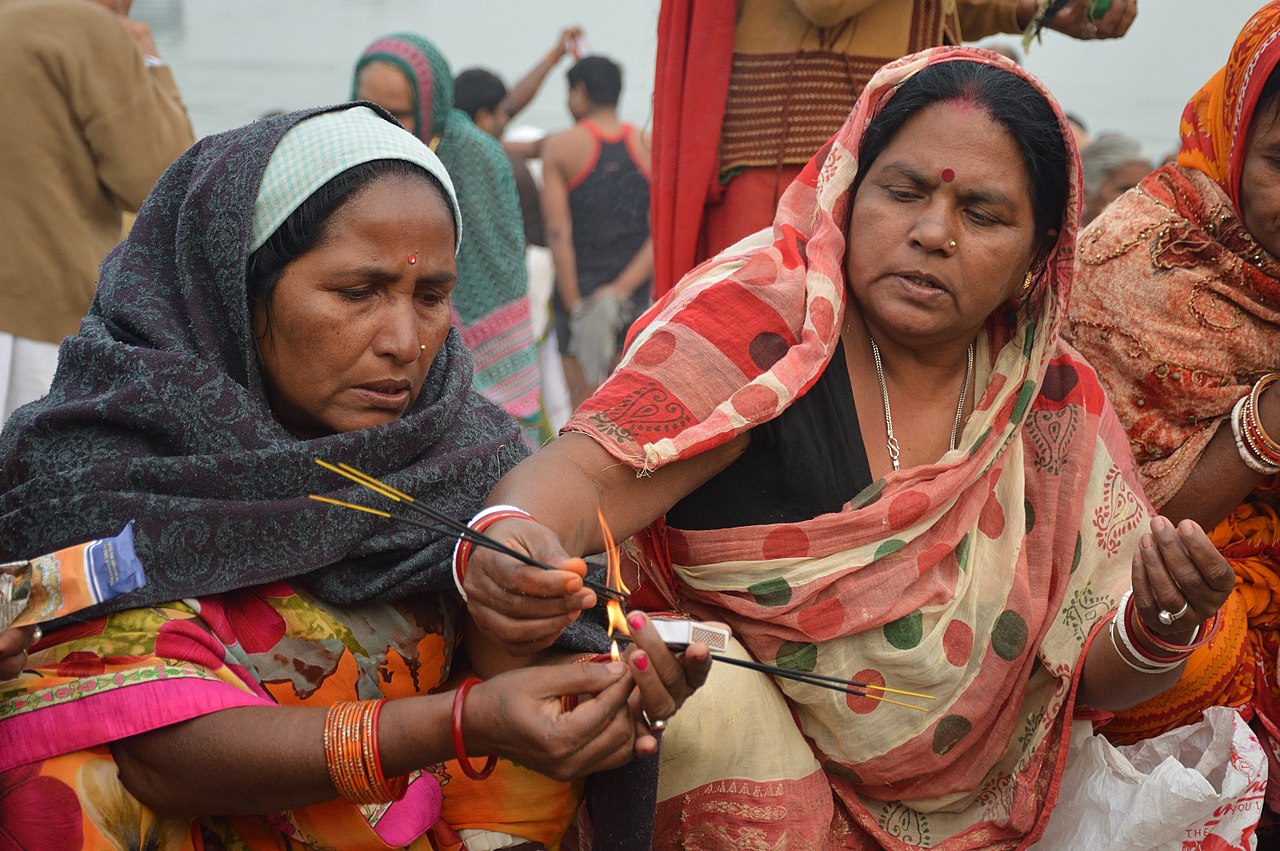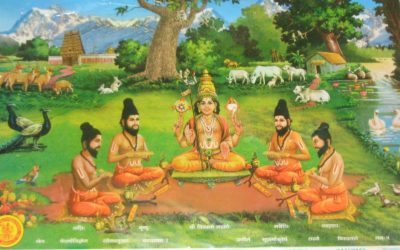[“Confronting Controversies: Hindu Myths Busted” – here-in, you’ll find the real truth about the most criticized and misunderstood aspects of Sanatana Hindu Dharma, why they offend people, how they’ve been misinterpreted, and how we can stand strong and share our conscious gifts with the world]
We live in a world that prides itself on so-called political correctness; a world in which we can’t openly call violent religious militants “terrorists” for fear of offending members of their hate groups; where we can’t demand all missionaries stop undermining other traditions and manipulatively forcing innocent and uneducated people into religious conversion at the expense of their livelihood and well being. Because somehow, people think that telling missionaries to stop burning temples and lying to members of other traditions would be infringing on their religious freedom.
Despite carefully tip-toeing around members of all other faiths and nationalities, the media goes on abusing Hindu masters, Hindu traditions, Hindu festivals and more, and what’s worse, it skews our own customs in such a way as to try to support it’s abuse of us.
The first myth we’re going to bust in this series is the false idea that Hinduism is a misogynistic, patriarchal system bent on repressing the feminine and oppressing women.
No matter how much critics of Sanatana Hindu Dharma avoid understanding this, Hinduism is, in fact, of all the religious traditions in the world, the most open and embracing of women. In fact, it’s only in Sanatana Dharma that women are considered equal to men and revered in the form of Devi or the divine feminine.
In the Abrahamic creation story, womankind came to be when the first man, Adam, was lonely. God created for him a companion out of his own rib. The rib-born woman, named Eve, was meant to serve and obey him. But instead, they say she disobeyed God, fell into temptation, and for her failure, God cursed not only all future women, but all future humankind, to live away from paradise, to suffer and to die as sinners. In Christianity, “man” is created in the image of God, and “woman” is only a fragment of man. The ancient myth of Eve’s sin continues to colour the perception of all females in the Christian community, to the point that their wedding vows demand a wife must “love, honour and obey” her husband.
It’s a sad fact that the cultural landscape of the Vedic era was greatly diminished by years of Islamic invasions and occupations. The Middle East, cradle of all Abrahamic faiths, including Judaism, Christianity and Islam, has a long recorded history of negating the innate equality of women to men. In the Bible, the Koran and the pre-Christian Hebrew texts, daughters are described as the property of their fathers, and were bought and sold without consent.
That some of the sick practices of misogynistic traditions contaminated Indian society as a result of invasions and colonialism is obvious, but to blame that contamination on Hinduism is preposterous. For a clear insight into the actual Hindu treatment of women, one need look no further than the Saptapadi, seven sacred Sanskrit marriage vows, of which this is the fourth:
tréëi vratäya viñëustvä anvetu |
Translation: “I will not force myself upon the other at the physical or mental level when the other does not prefer it.”
This is the antithesis to a vow demanding a wife obey her husband, and it’s the antithesis to the notion that she is there only to gratify his base desires.
But this is only one example of Vedic equality; there are, beyond this, clear statements showing not only ancient gender equality, but even a matriarchal bent of female supremacy! This statement, in Rig Veda book 10, verse 159, lines 2-4, is to be declared by the bride at her wedding:
ahaṃ tadvidvalaa patimabhyasaakshi vishaasahih
aham keturaham moordhaahamughraa vivaacani |
mamedanukratum patim sehaanaayaa upaacaret ||
Translation: “I knowing this, as conquerer, have won my husband for my own. I am the banner and the head, a mighty arbitress am I. I am victorious, and my Lord (husband) shall be submissive to my will.”
Scriptural evidence aside, people continue to abuse our tradition for what they mistakenly perceive as violence or prejudice against women. One key example of this is the so-called “sati practice.” This has been unequivocally proven to have risen out of Islamic rule. In the middle ages, when Mogul invaders raped and plundered their way into India, it was a common practice for them to take Hindu widows as sex slaves for their harems. Unwilling to suffer that indignity, widows chose, instead, to walk into the pyres on which their husbands burned, slow fiery death being the less painful of their two options. (See ‘Origin of Sati system or Self Immolation in India’ by Hinduism Glance for further information on Sati).
At it’s very heart, ours is a tradition of Mother worship. Every sacred event in our divine Dharmic Cosmology involves the Mother; we have a Goddess for every God, a feminine to balance every masculine; the ideal being is Ardhanaareeshwara, the God and Goddess who are One. The idea that Hinduism oppresses women is not only a myth, it’s the exact opposite of the truth.
Jai Sri Maa!
We welcome your suggestions! If you know a Hindu myth that needs to be busted, we invite you to post a comment on our website or in our Facebook group.)





0 Comments